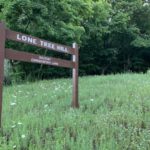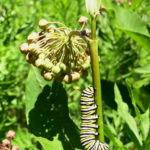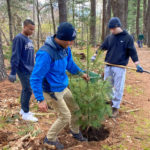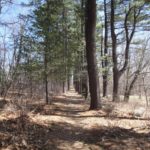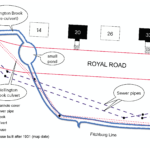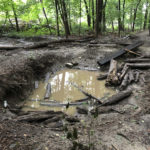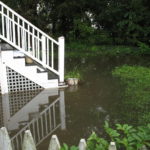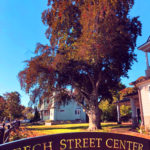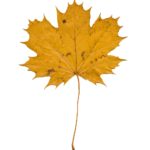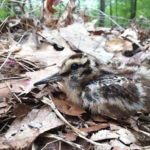
By Joseph Hibbard and Jeffrey North The Belmont Citizens Forum Newsletter has been printing articles about the perils and poisons of non-native invasive plant species on these pages for years. Readers have learned that garlic mustard changes the chemistry of the soil to gain an advantage over other plant species in forest and edge areas. Our article on black swallowwort described that plant’s deadly toxicity to Monarch butterfly larvae that mistakenly consume it instead of nourishing native milkweed. We have described how Asiatic bittersweet rapidly climbs native trees, blocks the sunlight, and eventually topples the tree while changing our viewsheds. [READ MORE]


